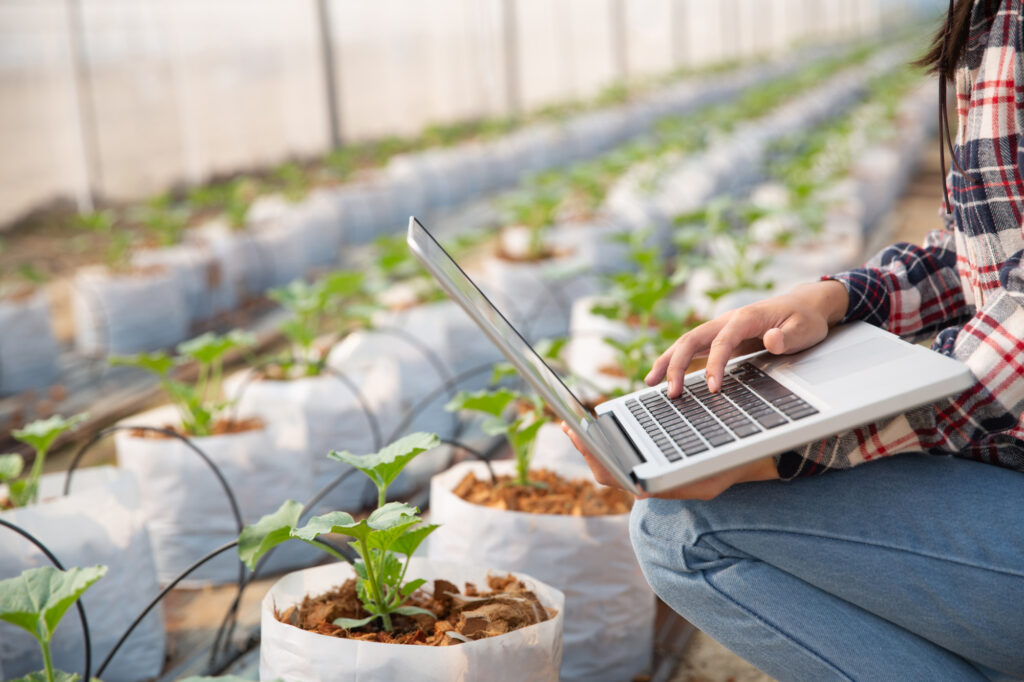Farming is one of the oldest professions, but in the 21st century it is being transformed by new technologies. Software and data analytics are allowing farmers to increase yields, reduce costs, and farm more sustainably. Precision agriculture, data management, autonomous equipment, and software as a service are the key ways that technology is revolutionizing agriculture.
The Rise of Precision Agriculture
Precision agriculture refers to the use of technology to optimize crop production. It enables a more targeted approach than uniform application of inputs across an entire field. GPS, GIS mapping, and Internet of Things (IoT) sensors allow for precise monitoring of conditions in different locations within a field. This allows inputs like fertilizer, irrigation, and pesticides to be applied only where they are needed. Precision agriculture reduces waste, lowers costs, and minimizes the environmental impact of farming.
Variable rate technology takes precision agriculture to the next level by automating the tailored application of inputs across a field. For example, a variable rate fertilizer spreader hooked up to a prescription map and GPS will automatically adjust the amount of fertilizer applied based on the exact real-time location in the field. This provides optimized nutrients tailored to the soil composition, drainage, and yield potential of each zone.
Managing Data to Boost Productivity
Modern farm equipment and production facilities generate huge amounts of data from sensors, satellite imagery, soil samples, machinery, and harvest volumes. Farm management software aggregates and analyzes this data to provide valuable insights. For instance, tracking yield variability year-over-year can identify patterns and issues with low productivity areas.
Weather data enables better informed scheduling around planting, irrigation, spraying, and harvesting. Predictive analytics based on datasets over time can support better future decisions and productivity gains. By leveraging the data flowing from their fields, farmers can identify optimization opportunities to reduce costs and maximize yields.
Autonomous Equipment Lightens the Load
Autonomous tractors, spraying drones, robotic harvesters, and other self-guiding farm equipment are automating tasks that previously required manual work. This saves time and reduces labor costs, while often improving precision. Tractors with auto-steering centered on GPS navigate fields efficiently with no driver input needed. Unmanned aerial vehicles (UAVs) equipped with multispectral sensors can scan crops and precisely apply liquid treatments. Robotic pickers detect ripe produce and harvest with greater delicacy than human hands.
With onboard cameras, radar and ultrasonic sensors, this autonomous equipment can provide plant-by-plant precision. Tractors and implements can perform tasks perfectly tailored to each zone in a field based on conditions detected by their sensor suites. Leading equipment manufacturers like John Deere are rapidly advancing autonomous system capabilities as robotics and AI enable ever-smarter machines.
SaaS Solutions for Farm Operations
Software as a service (SaaS) enables convenient cloud-based access to integrated farm management platforms. These online tools provide a one-stop shop for operational planning, field records, data storage, visualization, and analysis. Platforms like Granular, Trimble Ag Software, and FarmLogs eliminate the need for spreadsheets and disjointed desktop software with their seamless web and mobile interfaces.
With convenient access across devices, farmers can monitor and manage operations remotely. This connectivity enables quicker identification and response to issues. SaaS farm platforms scale cost-effectively to provide sophisticated capabilities tailored to different types of crops and agriculture operations. Moving management and analytics to the cloud frees farmers from technology maintenance hassles.
Conclusion
Cutting-edge software, data analytics, and automation are helping farmers significantly improve efficiency, productivity, and sustainability. They also help to find out more hidden advantages that can be used to improve crop health.Widespread adoption of these advanced technologies along with high-speed rural broadband internet access enables a paradigm shift in agricultural practices. Farmers can now tap into enhanced data to drive decision making while reducing labor costs through autonomous equipment. The future of farming is increasingly digital, data-driven, and connected. By embracing innovation, farmers will continue improving their operations while responsibly feeding a growing world.






